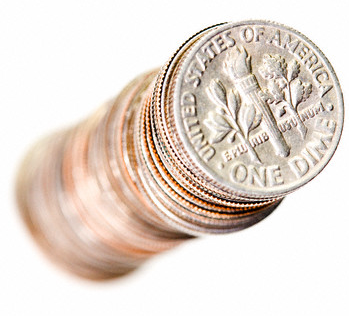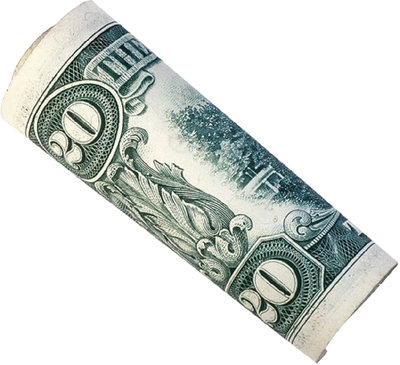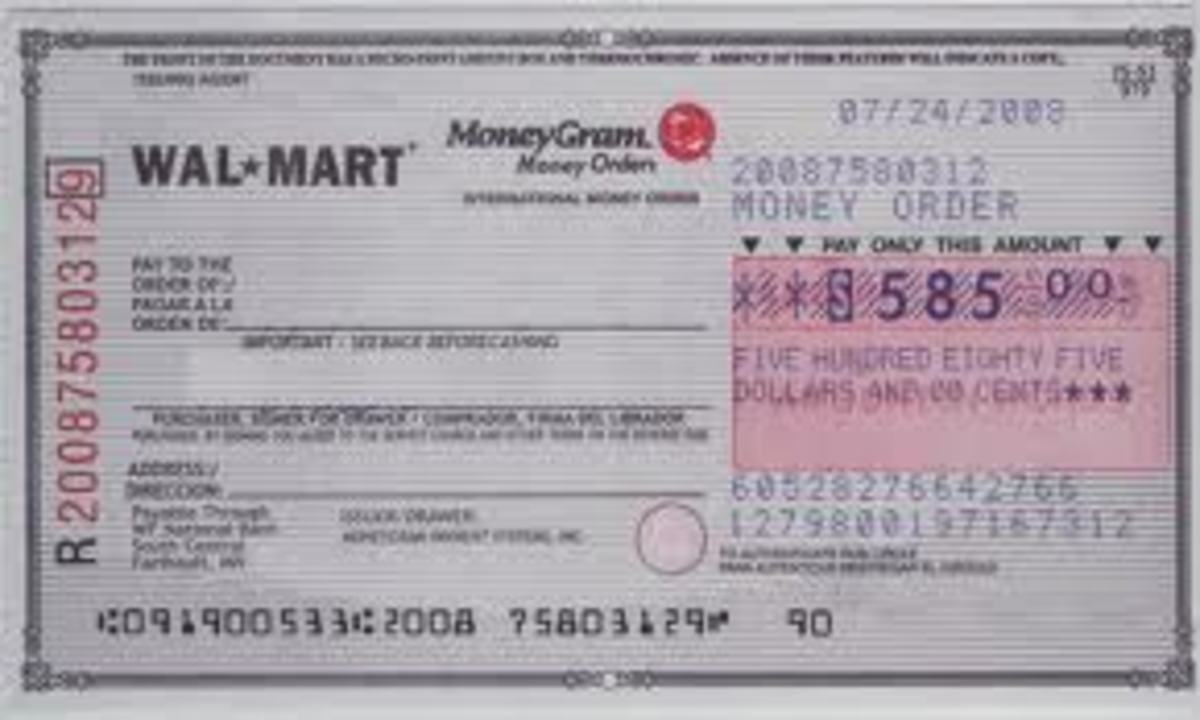Easy Ways to Teach Teens To Save Money
A Penny Saved is A Penny Earned
Financial literacy is something that is not coded in genes. This means that there's just one way to teach teens to save money: personal example. No wise books or funny cartoons can give proper instructions. The essence of saving money is hard-coded in the famous proverb: a penny saved is a penny earned.

2 Ways To Save Money
There are 2 ways to save money:
- spend less;
- not to spend at all.
Of course we all understand that it's not possible to live without spending money. That's what money exists for in the long run. Therefore the concept behind saving is spending wise. This is the corner-stone of teaching teens to save money. Educate them on how to decide what they need badly and what they can live without.
Everybody can spend an hour to make a list of things he or she needs to spend money on. Such exercise is by all means creative and trains logical thinking. When the list is ready, it's time to see where it's possible to cut costs.
It is important to tell teens that saving can be fun. There's no need to set restrictions. Actually saving is mostly about thoughtful spending. Sometimes we pay for things we don't need. Sometimes we buy things which are available at lower prices in the next store. Sometimes we feel reluctant to foresee any hidden costs engaged.
Teaching Teens to Save Money: Entice
You can entice teens to save money. It's not dificult. Saved money makes a small (or sometimes not-so-small) fortune that allows to get a long-time wish. For example, Nintendo station or a bike. You can promise your children to add say 10% of the total sum - they will feel it easier to save the remaining 90%.

Everyday Strategies for Teens to Save Money
- Take shower instead of bath. This may sound ridiculous but much less water is used when you take shower. Multiply this saved water by 365 days and voila - we've made a huge step towards saving.
- Cut off on the phone. We all know that useless talks take hours every month. Of course everybody will argue as to what is useless and what's not, but the truth is still there: less talking equals less spending.
- Avoid fast food. You may go to McDonald's fewer times a week, but it's best not to go there at all. Apart from a lump sum saved, your health will improve a lot.
- Instead of going to gym, do the exercises outdoors or indoors. Push-offs, jogging, pull-ups can be done with no special equipment at any time. Well, swimming pool is a different thing, but only if you really go there on a regular basis.
- Rent a DVD to watch with friends instead of going to the movie.
- Try to fit the daylight regime. Night is for sleeping and not for watching TV or playing computer games. If you do your home exercises and house chores while the sun is up, electricity bills will surprisingly decrease.
- Keep the records of what you've spent money on. Write down everything, every little penny that left your pocket. When the month is over, do some analysis. I guarantee you'll be surprised at how many money saving options you missed unintentionally. Do conclusions and use the gathered experience next month. This may sound as quite a bit of work at start, but it pays off quickly. This simple statistics allows you to figure out where things and meals are cheaper, for example.
- Avoid shopping under the influence. You will have to stay blind to commercials if you want to save.
- Learn how you can get information if the thing you longe for can go on sale. Wait and buy it cheaper. For example, you can get most electronic gadgets substantially cheaper at Christmas time.
- Make a list of things you plan to buy, and stick to it. Take only as much money with you as necessary. At the beginning, this will help you greatly to avoid spontaneous purchases.
- Try to stay without the immediate reach of your money. Having a bank account helps to keep money safer. Most teens are quite impulsive, so not having cash in hand will keep the spending down.
- Talk with your teens about setting goals. Buying a car or studying in college are pretty nice goals, and if you promise to add up a portion, teens will have additional stimulus to save for the future instead of spending now on things they most likely won't need after a couple of years.
- Get a piggy bank and put the change there every time you happen to find a spare dime or a nickel in your pocket. After a year, you'll have a nice little fortune. Just don't spend it at once. You can actually invest this money, all depends on you. Read the story of Ashley Qualls to get inspired. No miracle here actually, just a bit of creativity - this is what a saved penny can do for a teen.
Ashley Qualls on CNN
Earning or Saving: What's Best for Teens
It's a well-known fact: people do tend to care a lot more about the money they earned. If your children get addicted to 'pocket money' with sums increasing every year, they will have difficulty learning how money is made and where it comes from. This is why it is of vital importance to teach teens the basics of financial independence within the family.
Money doesn't come from nowhere. Unless you may count on a huge heritage, the main source of income is JOB.
I heartily advise all teens to consider having part-time jobs. It's OK if earnings are small. In fact, it's best to start with less paid jobs because that way you will quickly learn the real value of money. Knowing what every cent is worth to you means you will regret spending it on unnecessary things.
Encourage your teen to deposit a portion of every paycheck in a savings account (or at least a piggybank) before spending any of it. As months go by, the concept of saving will start getting tangible.
Money Coming In and Money Going Out
Help your teen to develop a written plan of spendings. If you prefer, you can do it in Excel or other spreadsheet application. The main purpose is to teach your teen to be able to achieve a balance between money received (earned) and money spent. Do some brainstorming to see what are planned expenses. Calculate the total and substract it from the available sum. If expenses are greater than income, there's no other way out but to make a plan for making up the shortfall.
A general rule of saving is: put aside (into savings account) 10 to 30 percent of your income. Pay yourself first! Your teen needs to learn that only 90% of his or her income is actually available. The rest has to be saved. This is a bare minimum.








